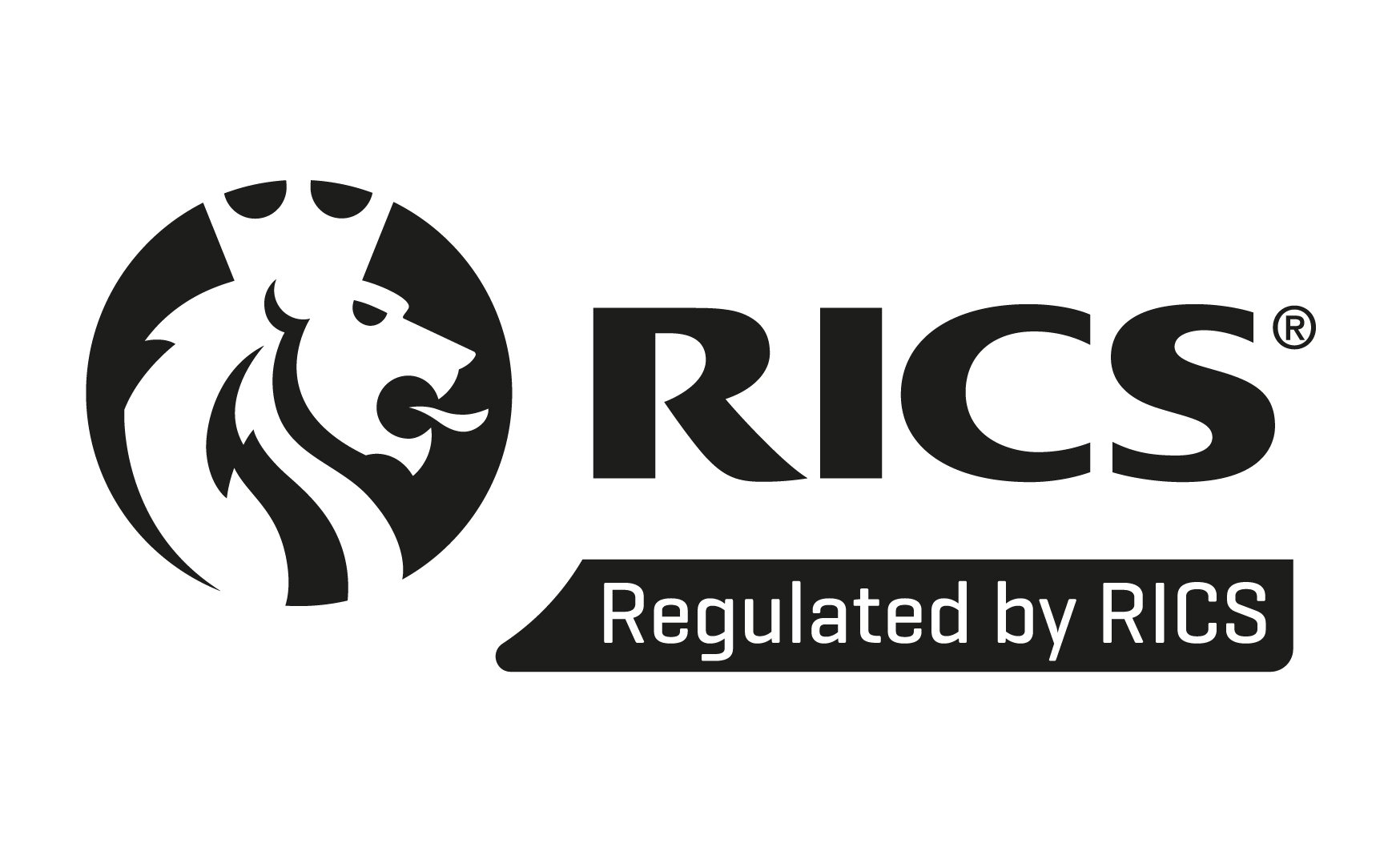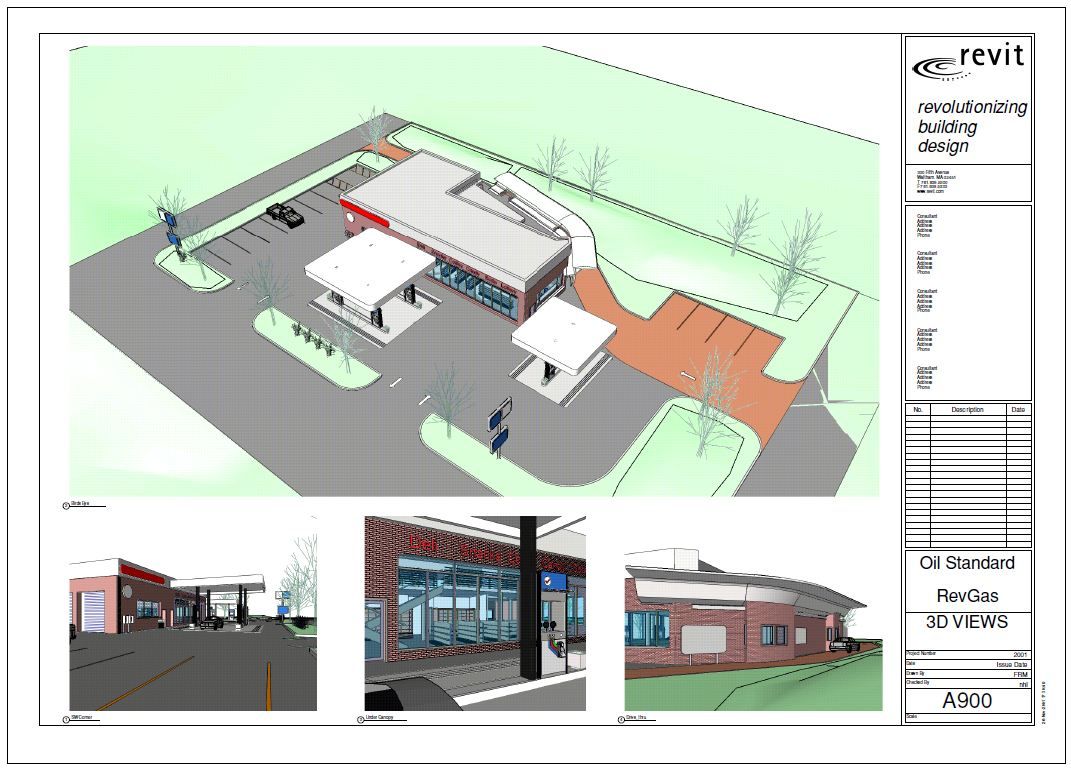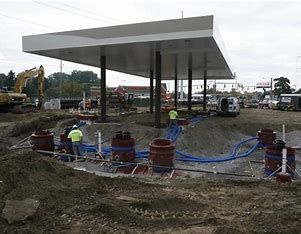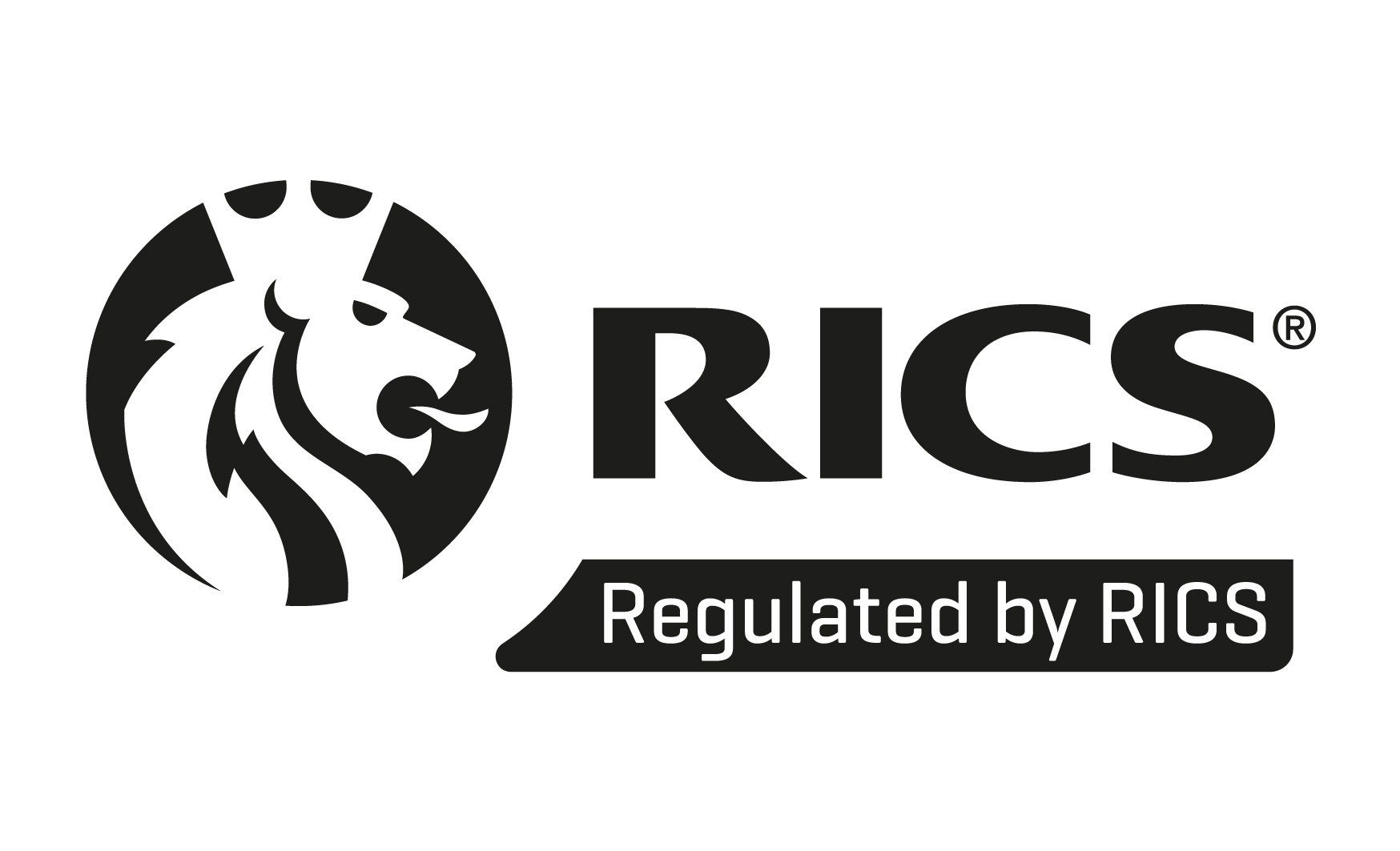Programme
Knowing how long it will take, allows you to plan.
We answer the questions you might have at each stage of the process to give your project the best chance of being delivered:
- what are the different steps in the process
- how long might each step take
- certainty over completion dates
If you can't find the answer to your question below, please contact us, and we can discuss it with you.
How do we set a realistic programme during Pre-Construction?
Frequently asked questions
Concept
-
How long will my project take?
This is very much dependant on the scope and scale of project but the answer is usually “longer than you think”.
It is important to understand the length of the preconstruction phase can be affected by decision making, design development / changes, survey requirements and especially the planning process.
The timeframes for this phase can be difficult to accurately predict but an experienced team can develop a target programme and Project Execution Plan against which progress can be monitored and which can be update as necessary during the process. Spending the correct level of time in determining how the project will look and be progressed, and getting the right approvals tends to lead to more successful projects.
The length of the construction phase may be able to be estimated at the start of your project based on a loose scope but will need refining as designs are developed and suppliers/contractors are engaged.
Construction programmes can be impacted by things like space on site, long lead times for equipment and services, seasonal and local area restrictions, keeping sites operational during works, materials use and availability, as well as the scope of the works.
-
Are there ways to do things quicker?
When planning your project, it is worth taking time to benchmark the expected duration against similar previous projects to enable a prediction of a realistic timeline. This should form the basis for your own project as a starting point, which may include longer or shorter periods of time, depending on the various impacting factors relevant to your project.
Some activities are subject to the processes and control of external bodies such as planning or utilities provision / diversion and as such often cannot be influenced significantly. However experience of such processes can allow them to be undertaken in the most effective way.
Some survey activity can only take place at certain times of year and some tests take a fixed amount of time and cannot be influenced, but can be allowed for if identified, as required.
It is possible to consider whether some phases of preconstruction can be instituted in parallel to gain time, but the potential risks associated with this should be assessed, e.g. developing working drawings while planning is still being determined may result in abortive work if the planning permission process requires changes.
Construction techniques and phasing can be discussed with contractors at tender stage to ensure that the most efficient programme is developed.
Whatever your projects goals, it is important to be realistic about the time it is likely to take based on the experience of other schemes, and not blindsided by over-optimism, especially if you are not experienced with developments. Various studies have shown that the reason many projects are said to go “over-programme” is because the original programmes were never realistically conceived in the first place.
-
Can't we just get started already?
The risks associated with starting a project without a considered / agreed design, without the necessary consents and without having used a suitable procurement process can include;
- additional costs to cover gaps in scope
- enforcement by regulators
- late or missing equipment
- a design or functional outcome that does not truly meet business objectives.
Control of timescales and budget rely on a project being controlled and organised with sufficient time to manage the various elements and while this does not mean that a project needs to run at a snail’s pace, it is better to be given realistic expectations of possible start on site dates from the outset.
Design
-
Can design be used to influence the build programme?
Design can be vital in improving and optimising build duration.
From the use of precast or modular units to positioning of elements relative to the site access, design can have an impact on how the construction is carried out.
Working with contractors at design stage can also allow buildability to be considered and taken into account, and it is beneficial to provide the opportunity for contractors to challenge designs at tender stage.
-
How do we keep the design process moving along?
As with the construction stage we would recommend having a schedule against which progress can be measured and managed.
Ensuring that you provide decisions in a timely manner and having stakeholder / design review meetings regularly helps the team to collaborate and coordinate and resolve any issues promptly.
Drawing and document management can also be key, making sure that the team are all working to the latest revision and updates are communicated clearly.
Setting clear design and pre-construction milestones with clear deliverables also helps to keep a focus on both time and the appropriate time to be making decisions.
-
Are there things we can do now to save time later?
Anything that avoids abortive design work saves valuable project time. So having a clear project brief, a clear scope, making decisions early, agreeing layouts with stakeholders including regulators and allowing sufficient time for the design work can all contribute towards the “right first time” target.
Having enough information and research on the planning policy and position in the area can enable a planning friendly layout to be developed. Talking to the planners in advance of a submission can assist in submitting a full and meaningful pack of drawings and documents for approval.
It can also be useful at the early stages to have knowledge of specific components, or to engage with key equipment suppliers through a carefully managed approach, to test and explore ideas, and to make sure that equipment or materials are compatible with what you are seeking to achieve in the design.
-
How long will the design process take?
This depends on the scale and scope of the project and also whether the decision is made to run detailed design alongside the planning process.
The client project manager can speak to the design team at an early stage to gather likely timescales for feasibility, planning and detailed designs and use these within the design programme and to identify points of approval / submission / issue.
The process can be extended if the design is required to expand and develop due to a change in scope or external inputs to the process.
The outcome of these initial investigations should be a design programme that benchmarks comparatively with the design duration of other schemes with similar characteristics. Whilst you should always strive for efficiency, beware if the proposed design duration seems remarkably shorter than other similar projects have achieved. Allowing sufficient time for a thought through design process is worth it to achieve the project outcomes you desire.
Planning
-
How long does it take to get planning permission?
Planning permission is required for many property projects and is provided by the Local Planning Authority which are a local government body. The process is a standard one with defined timescales – e.g. 13 weeks from validation to decision for major development - but before you input this into a programme or plan, you need to bear in mind the kind of things that can impact on this timescale.
Planning authorities (LPA’s) are, like many public services currently under staffed and so validating an application can take time, and the application is often not back dated. If the LPA considers that an application is not complete, it will be rejected and require resubmission when the appropriate additional detail is available. Similarly, if the LPA requests additional information during the determination period then this can sometimes “pause “ the timer and delay a decision. Requests from the LPA for changes and alterations require resubmissions and additional information and in the event that the application is rejected, revisions and resubmissions or appeals can also add significant time into the process.
-
What can be done to speed up the process?
To a great extent, you are at the mercy of the Planning Authority and their statutory timescales. However obtaining advice from specialists and sometimes from the LPA ahead of an application can highlight any potential stumbling blocks and enable the proposed development to better meet the requirements of local policy and a fuller, more focussed pack of information to be submitted when the application is made.
Knowing when to challenge planners on the lack of action relating to an application is also useful.
It is worth bearing in mind therefore that the planning process duration has two and maybe three phases to it.
- Pre application preparation
- The statutory process
- Post determination or appeal
Be realistic about how long each phase will take with the aim being that the first phase provides sufficient information to get through the statutory process in as close to statutory timescale as feasible, with as few post determination actions as possible. This said, where similar benchmarked schemes identify likely points of challenge, it may be wise to anticipate these post determination matters in your overall schedule duration planning to give you a realistic overall project programme to start from.
-
If we get the planning submission wrong, will it hold things up?
Rejection of planning applications or requests for additional information or amendments will always slow down a project.
A hasty and minimal planning submission risks rejection but can also damage relationships with the LPA through a perceived wasting of their time. Determining the appropriate level of detail for a planning submission to run through the system as smoothly as possible is something that the project team can advise on and then facilitate consultants and professionals for the relevant surveys / reports.
-
Can't we just go ahead without planning?
If your project is assessed by your Client Project Manager or specialist planning consultant as requiring planning consent then we would always advise that you take their advice.
Proceeding without consent risks enforcement action by the Local Planning Authority which could ultimately result in a requirement to demolish the development that you have spent time and money on and reinstate the site to its previous condition.
While retrospective planning consent can be sought, it can often be dimly viewed by the LPA and by the local community, which can make the process of obtaining consent more difficult. If your local community are your potential retail customer base, this may not be optimal, to say the least!
What influences the programme during and after construction?
Frequently asked questions
Procurement
-
How long does it take to properly procure the works?
A proper procurement process involves two phases.
We'll consider these in reverse order.
The second of these phases is typically what most people think of as "procurement". It involves creating a suitably detailed, robust tender pack and managing the issue and return of this to the right suppliers and contractors. Having a project team that communicate well and work together helps this process to run efficiently and to the best timescale by having the right information available at the right time and then the right team to review the returns.
It is important to allow time for discussion and possibly negotiation with suppliers / contractors within the project plan to get the best value for your project.
An often-forgotten first phase however occurs before this, and involves the identification and pre-qualification of suitable contractors and suppliers for the scheme.
Do not under-estimate either the importance of this phase, nor the level of time, effort and thought which this requires.
Whereas an experienced developer who regularly undertakes projects may have (over many years and much trial and error) established relationships, ways of working and business leverage with their supply chain; many smaller operators will not have this luxury.
Effort needs to be made to “line-up” the most appropriate supply chain for your scheme, and to ensure that they are truly motivated to be a part of your project.
Despite media proclamations of economic doom and gloom, construction markets can often be buoyant, meaning that suppliers do have a choice over which developers they work with. There are always suppliers who are willing to “chase” the work, but think through whether this approach meets with the quality, dependability and value for money aspirations you have for your scheme.
There are also important health & safety considerations to be borne in mind when pre-qualifying the appropriate supply chain.
Starting to think about the procurement strategy and process early in the project scheme can therefore be very beneficial in the long run.
-
Are there ways we can speed up to procurement of suppliers and contractors?
There are different approaches to procurement and determining your procurement strategy with your project team will establish the timescales required.
If costs can be benchmarked and you have a preferred contractor then negotiation may suit you rather than a full tender, or there may be contract formats that allow a tender and appointment prior to the design being fully detailed. It is important to understand the options available and what best suits your project and your aims when it comes to cost risk and certainty.
Note that established and larger developing companies will often have established supply chain relationships and processes, and as such they can usually make much prompter starts to each phase of the project. Due to lessons learnt and efficiencies and well-rehearsed standardisation, experienced developers can move through each phase at a quicker rate than someone coming fresh to the process. This should be borne in mind by anyone new to project development.
An experienced client project advisor can of course help to guide you through this process, and streamline the process where suitable.
Considering procurement early, and undertaking pre-qualification activities in tandem with early concept and design development can assist with these overall timescales.
-
What decisions can we take during pre-construction to help manage the build programme later?
Build programme can be affected by long lead times on certain materials and equipment, so decisions to purchase early, possibly ahead of other suppliers and contractors being appointed, can enable earlier starts on site or improve project programmes.
This can also apply to the applicatons for utilities provision and / or diversions, so early payment of quotes associated with these elements can also have a positive impact on likely completion date.
Careful and realistic consideration of programme logistics is a key contributor to efficient site operations, and especially sequencing. This is especially important on constrained sites, or, where you intend to keep the site running during the works. A construction logistics plan can therefore be a useful part of the procurement exercise.
Build, Construction or Installation
-
Who is responsible for achieving the build programme / completion date?
This can depend on the form of contract used but often this is the responsibility of the main contractor who will usually provide a proposed programme at tender stage and develop this as they approach build phase. Reviewing this programme and checking on the practicality and on elements like phasing is an important part of the tender review process and the lead up to commencement on site.
You want the proposed handover date to be realistic and achievable and an experienced professional team can interrogate the programme and challenge the contractor where appropriate.
Monitoring the progress against this programme is also vital to ensure that any delays can be rightly attributed, mitigated as early as possible and that you have a clear view of the final handover date and any impacts on this.
Construction programming is a real skill, and so it is well worth having an experienced hand who can provide informed oversight of the scheduling being proposed and adhered to (or not) by the contractor.
-
What ways are there to improve build time?
Build time for a new build or raze rebuild forecourt project can range markedly, with build durations spanning 300-400% of the very best times. (No, that’s not a typo).
There is plenty of scheduling data available to identify a good benchmark for each project duration, given site constraints.
Retail opening is a principal driver of site revenue, so having clarity over both opening dates and time away from sales is clearly important, and a control over build time is key to this.
Build time can be influenced in a number of ways.
Ease of sequence around what is known as the ‘critical path’ is key, as well as a clear step by step handle on site logistics plans.
When the critical path is known, other activities inclusive of supplier, material and workforce availability can be planned to fit in with this. Clearly, careful planning upfront is needed to do this well.
Designing with off-site fabrication in mind can reduce the on site duration and also contribute to safety on site by reducing the number of activities. Other design considerations can also help, like positioning deep excavations away from the site entrance and using asphalt surfacing in lieu of concrete where possible.
If there is an opportunity for reviewing the programme and start on site relative to the time of year, this can also assist in mitigating delays to certain activities which may be affected by shorter days or winter weather.
Thought should also be given to project phasing and whether several areas can be worked at the same time or to whether areas of the site can be kept operational while the build commences.
-
What happens to the completion date if there is inclement weather?
According to a Taylor & Francis study, adverse and unpredictable British weather can delay and extend construction projects by 21%, so there is programme risk associated with extreme weather such as high winds, low temperatures / snow and heatwaves. Costs can also be impacted if weather affects things like materials deliveries or causes damage.
Contractually the responsibility for delays associated with extreme weather can vary between contractor and client depending on what form of contract is used, and “exceptional” weather can be defined in different ways as well. It can be important to get advice on this aspect of a contract.
It is also important to ensure that the contractual position is well managed and understood by all parties, so that where the contractor has a duty to mitigate, they understand this and work with this in mind.
Extensions of time can be required in the event of inclement weather but programmes can be reviewed early to determine if a level of float is required in case of weather events or if time can be clawed back to maintain the original completion date.
-
Why do build times matter?
There are several reasons why you will want the build programme for your project to be optimised:
- For major works your site will often need to close completely and your revenue will cease/decrease for the duration of the build.
- When your site is closed you will still be paying staff, rates, rent etc. with no revenue.
- The longer a site is closed, the more time your customers have to find a new favourite destination for their requirements.
- Longer build times carry more cost in terms of contractors prelims, security etc
- You want to open your brand new site as quickly as possible.
- When planning your site re-opening, or grand launch of a new offer, there are many activities to coordinate, through fit-out, staffing, stocking, media, advertising, coordination with third party concessions, internal governance and many more, so certainty is desirable.
- Depending on how you are funding the works, you will want to control cash flow and any repayments to minimise financing costs.
-
Can I keep my site trading during the works?
For certain project types there may be an option to have some, or all elements of retail operation maintained for part or all of the project.
This could include continuing to sell fuel, a smaller shop offer, valeting, and so on. It will depend on what the works are.
Discussions with the project team around aspects that can affect the operation during build, such as safety, deliveries, power, access, can determine what is possible and what the cost implications would be.
It is important to note that there are often trade-offs between keeping a site open and lengthening the overall programme or increasing costs. This may mean that while it is possible to keep trading, it may not make economic sense. Considering the different options in detail with your Client’s Project Advisor is a useful activity in the early stages of planning your project.
Soft Landings - Opening & running your new site
-
How can we ensure the project completes on time?
Good project planning, good procurement, and good monitoring can all contribute to a project that is delivered on time:
Planning – having a detailed scope of works and design, carrying out the appropriate level of preconstruction investigations, obtaining the required consents and services. And, importantly, setting a realistic project programme in the first place, which is benchmarked to relevant schemes, provides the most realistic date to aim for.
Procurement – engaging the right professional team early on, appointing competent contractors based on comprehensive tenders, buying the right equipment
Monitoring - having a detailed and well thought out schedule of work, understanding the possible risks to completion at all stages and the available mitigations, keeping track of progress and providing regular reports, identifying delays and changes to programme dates as early as possible
-
When do warranties begin?
Warranties from your main contractor generally begin at practical completion, which is when the site is handed over for beneficial use with only minor snags remaining.
In addition to product warranties form equipment providers, and contractor warranties to cover defects and workmanship, you will need to put in place a regime for planned and reactive maintenance, from the point of handover. (Warranties and maintenance are complimentary to one another).
-
What benefits do we get if we finish when we expect to?
Confidence in the completion date enables you to prepare for opening and running your new site. This can include being able to recruit staff, place orders for stock and putting marketing in motion to inform your customers of the opening.
A clean, prompt and confident opening can also create a strong sense of confidence in your brand locally with customers and the community.
From a company and governance perspective, completing the project on time also means that your cash flow projections are under control, informed by both your ability to create revenue, and, a level of certainty over when you will need to make final payments for the project itself.








